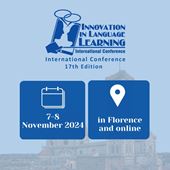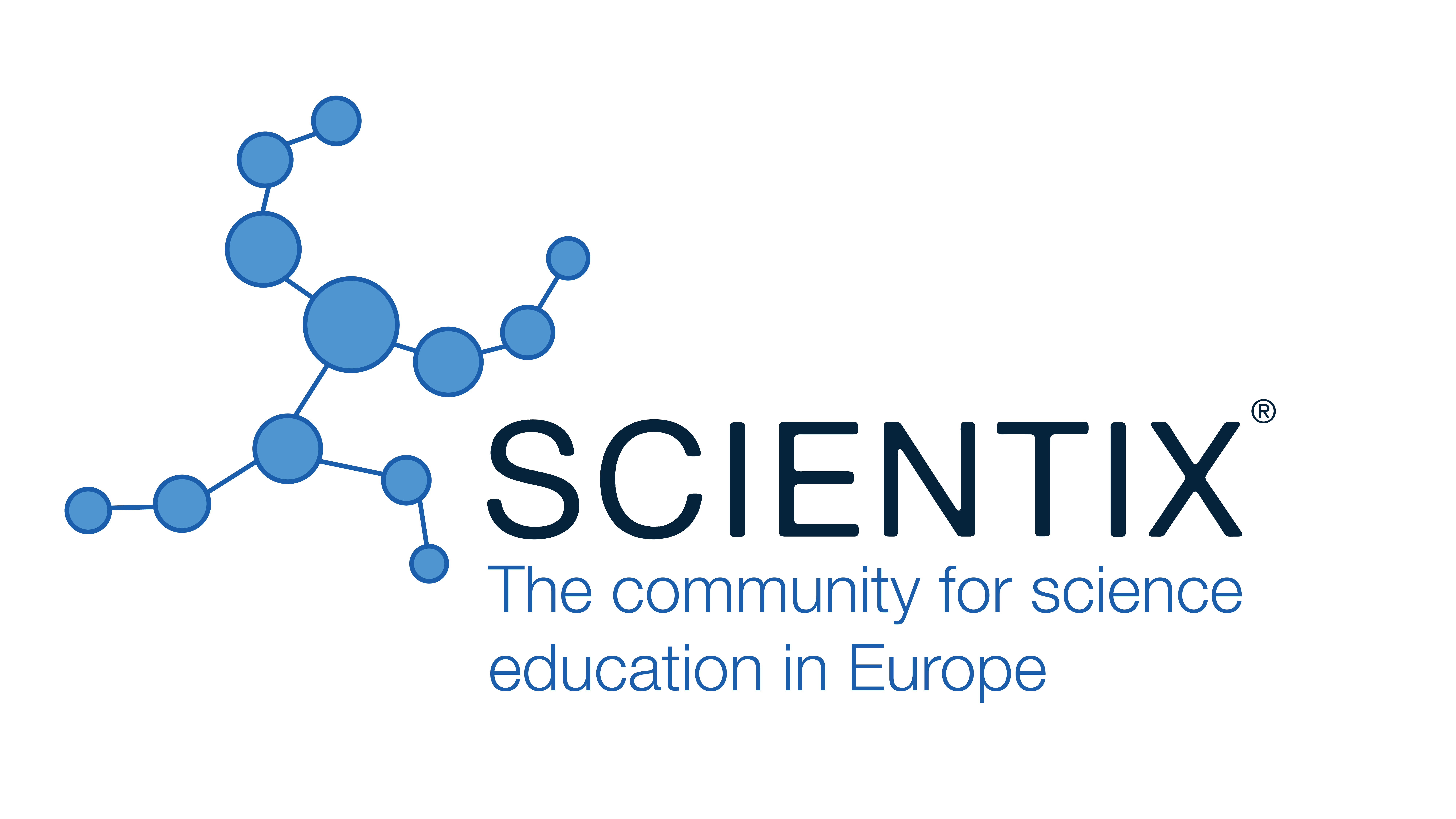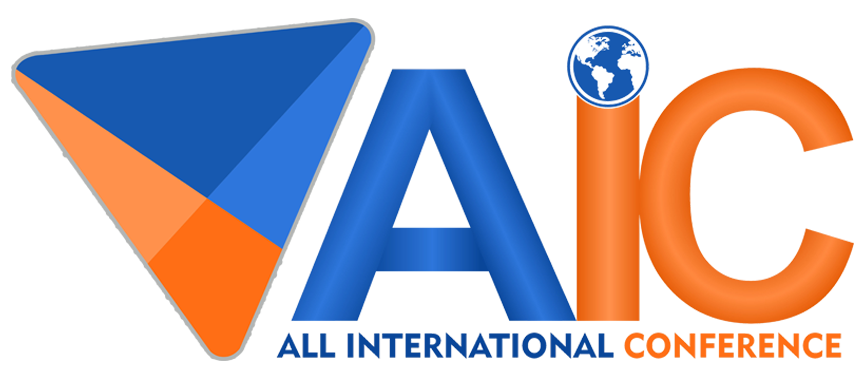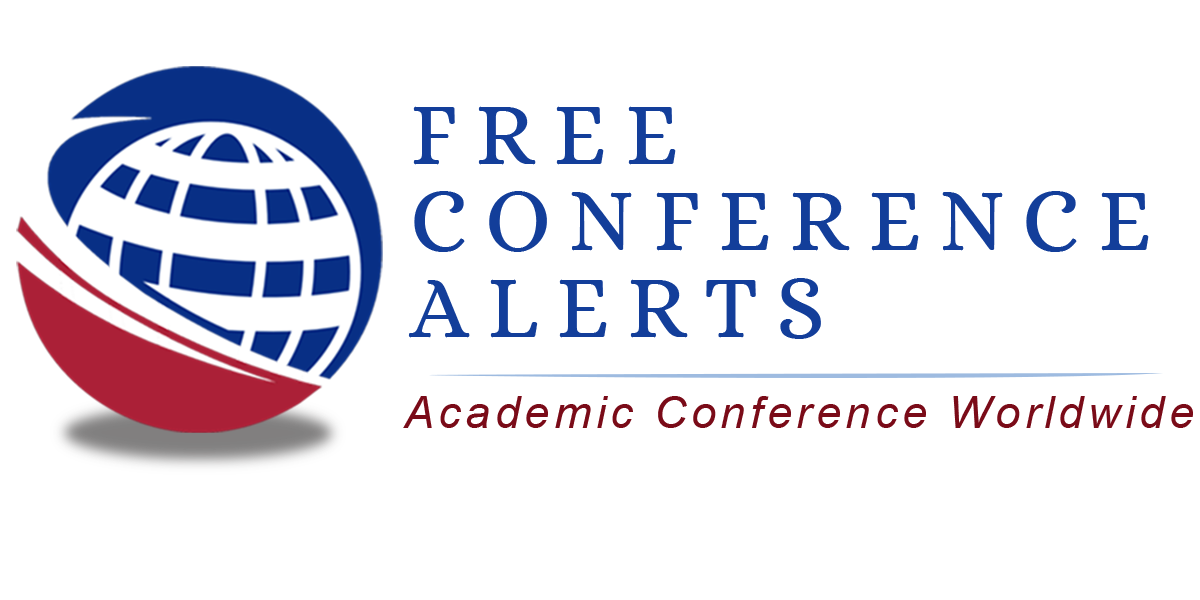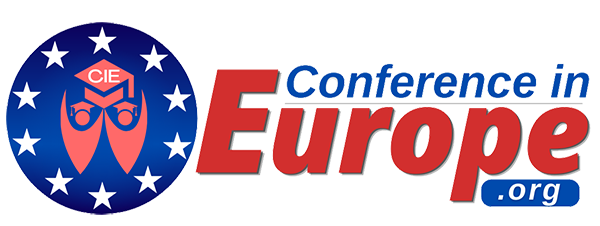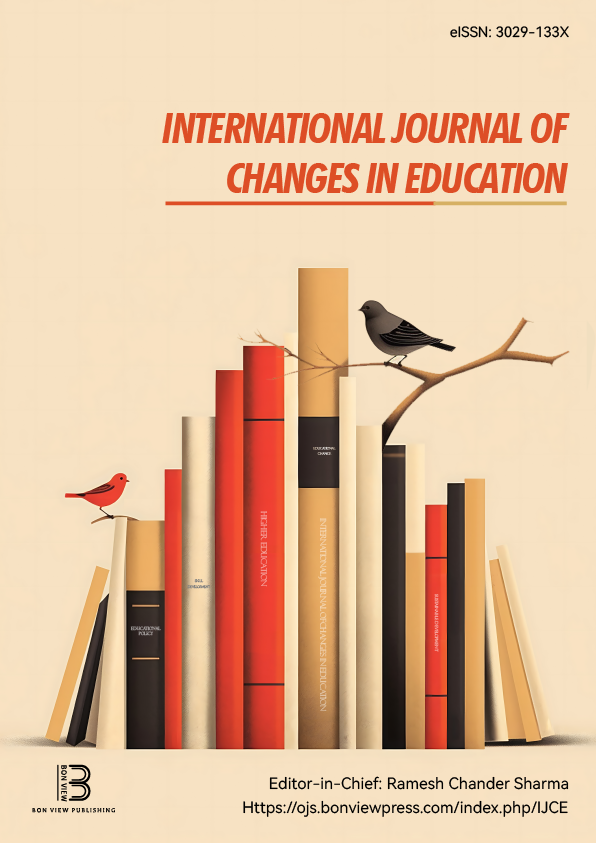Design Thinking as a Tool for Enhancing Creativity in STEM Education among Special Needs Teachers
Balamuralithara Balakrishnan, Faculty of Art, Sustainability & Creative Industry, Sultan Idris Education University, Tanjong Malim, Perak, MALAYSIA (Malaysia)
Abstract
The recent trend in student enrollments indicates that individuals with disabilities are demonstrating a notable interest in pursuing STEM courses across numerous colleges and universities [1]. Indeed, this trend is substantiated by the findings in [2], which indicate that students with disabilities exhibited a greater propensity to choose STEM majors in college compared to their peers without disabilities. This research seeks to investigate the effectiveness of a Design Thinking (DT) tool for educators specializing in special needs instruction within the domains of Science, Technology, Engineering, and Mathematics (STEM) at the secondary schools in Malaysia. Design Thinking (DT) offers an environment conducive to innovative thought, allowing educators to employ suitable tools to enhance their creative thinking abilities [3]. Educators who implemented design thinking in their teaching exhibited heightened creativity and innovation, fostering a supportive learning atmosphere within the classroom [4]. This environment is crucial for effectively instructing students, particularly those in special needs education, in STEM subjects.
Thus, in this study, the influence of the DT tool was examined within the framework of lesson plan formulation for STEM disciplines and in the enhancement of creative competencies among educators in special education. Data were gathered through open-ended interviews with a cohort of special education teachers selected from the participants of a design thinking workshop, which was also facilitated by the researcher. The findings indicated that the DT tool enabled educators to create and implement appropriate STEM teaching activities, thereby enhancing the learning experience for students with disabilities in these subjects. Furthermore, the DT tool enabled educators to fully express their creative abilities within the instructional framework. The findings suggest that the application of the DT tool may facilitate the emergence of a novel pedagogical framework for STEM disciplines within special needs education, while also fostering innovative competencies among educators.
Keywords: STEM Education, Design Thinking, Creative Teaching, Special Needs Education
REFERENCES
[1] Borrego, M., Chasen, A., Chapman Tripp, H., Landgren, E., & Koolman, E. (2025). A scoping review on US undergraduate students with disabilities in STEM courses and STEM majors. International Journal of STEM Education, 12(1), 2.
[2] Chasen, A., Borrego, M., Koolman, E., Landgren, E., & Chapman Tripp, H. (2025). A systematic review of differences for disabled students in STEM versus other disciplinary undergraduate settings. Journal of Engineering Education, 114(1), e20627.
[3] Muneer, S., Santhosh, M., Parangusan, H., & Bhadra, J. (2025). A meta-analysis to explore the role of design thinking in enhancing creativity as learning outcomes in STEM education. International Journal of Technology and Design Education, 1-31.
[4] Wingard, A., Kijima, R., Yang-Yoshihara, M., & Sun, K. (2022). A design thinking approach to developing girls’ creative self-efficacy in STEM. Thinking Skills and Creativity, 46, 101140.
 New Perspectives in Science Education
New Perspectives in Science Education


